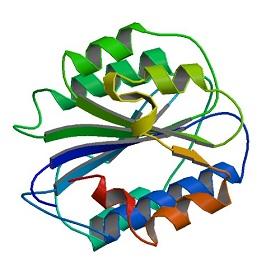Using AI to control energy for indoor agriculture
30 September 2024
Published online 11 June 2012

The von Willebrand factor (vWF) is a large blood glycoprotein that helps stem the flow of blood from a damaged blood vessel. Upon injury, the vWF is released into the blood stream by the endothelial cells that line the inside of blood vessels sticking platelets together to form a clot.
Using novel antibodies and recombinant proteins, a team of researchers, including Kate Rittenhouse-Olson from King Saud University, Riyadh, show how vWF recruits platelets to a wound site and is partially regulated by the interaction between mature vWF and its protein precursor (vWFpp). They publish their results in the journal Blood.
vWF is a multidomain protein. Platelets bind to vWF at a specific binding site called A1-domain. They are then moved to the wound. vWFpp first binds to vWF at the D'D3- domain, which is positioned next to the A1-domain. To demonstrate this, the researchers blocked this binding with a novel antibody DD3.1.
When vWFpp was bound to the vWF, it partially inhibited the rate of platelet aggregation and thrombus formation. Such cell adhesion was also completely blocked by the antibody DD3.1. The researchers suggest this is because the relatively large propeptide bound at D'D3-domain sterically blocking the binding at vWF's A1-domain. Thus, vWFpp can control the hemostatic function of vWF when in the blood.
"By partially regulating vWF-A1 function, vWFpp may thus represent a control mechanism in circulation that finely tunes the balance between blood clotting and bleeding processes," says Sriram Neelamegham, a bioengineer at State University of New York and lead author of the study.
doi:10.1038/nmiddleeast.2012.83
Stay connected: